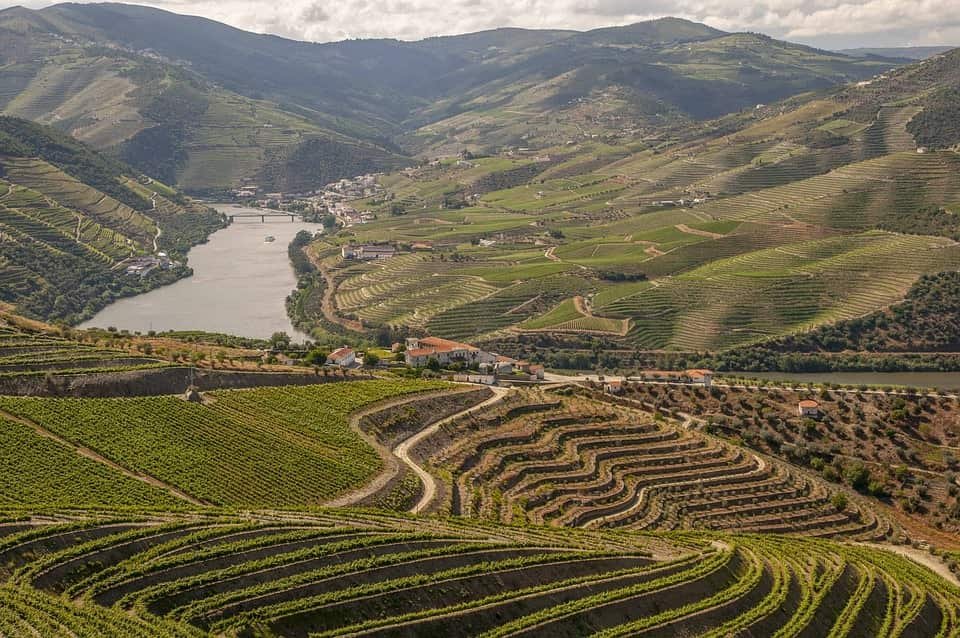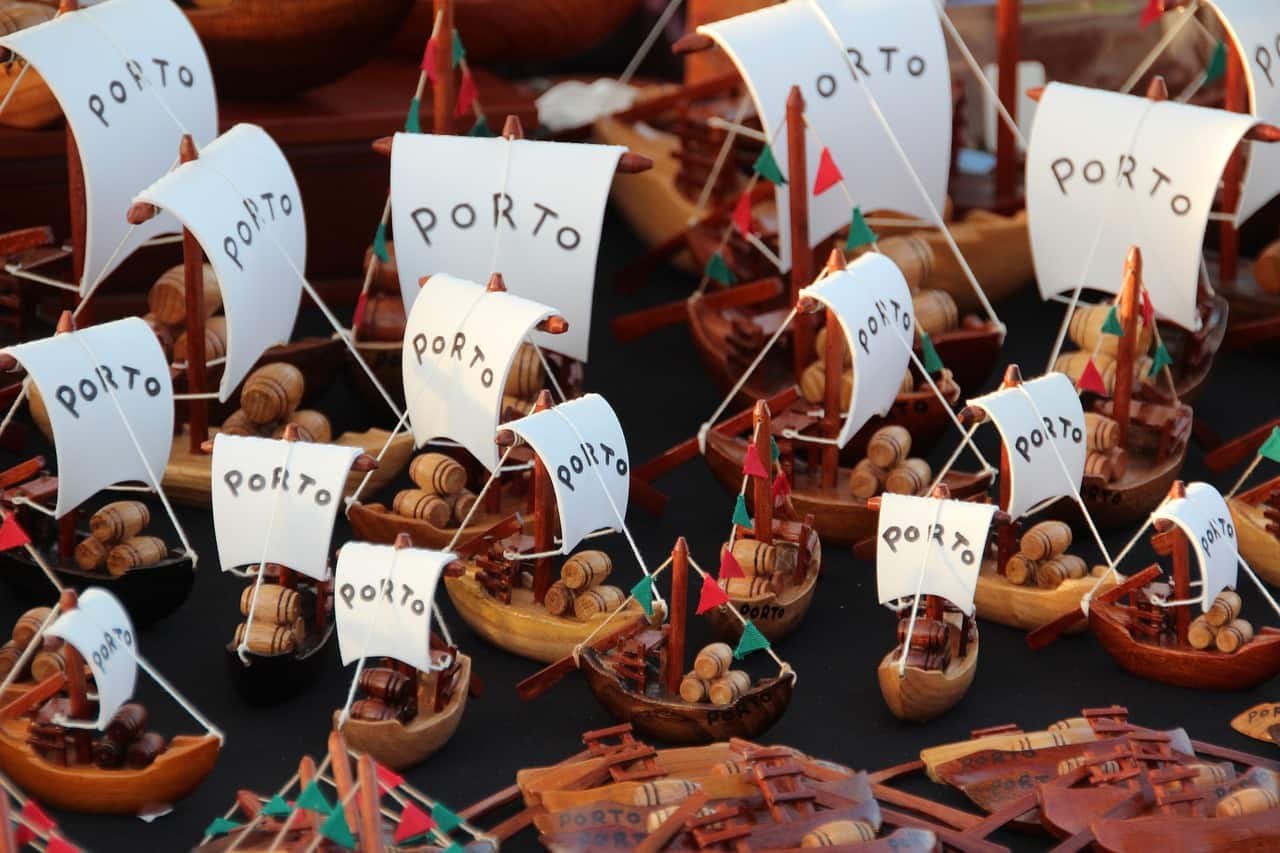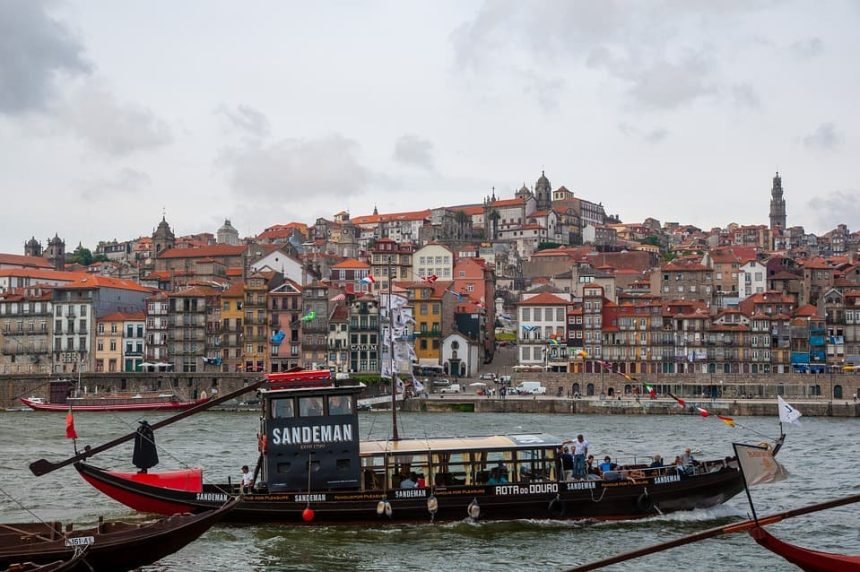Have you ever wondered about Portugal’s tourism strategy for 2027? As tourists or someone looking to relocate to the country, Portugal’s tourism goals and ambitions directly affect how you enjoy the country. And it indeed affects your plans especially if you’re considering moving to Portugal. Here we’ll talk about the Portugal tourism strategy 2027 exploring its vision and how it shapes the future of Portuguese tourism
All about the Portugal Tourism Strategy 2027
Back in 2016, before the creation of the tourism strategy, Portugal had record numbers for tourism activity, increased employment, higher growth rate in tourism and hotel revenue, and international recognition. So under the patronage of Ana Mendes Godinho (Secretariat of State for Tourism Portugal), it made sense to create a Portugal tourism strategy in 2027.
This strategy was adopted by the Portuguese Government in 2017, and aimed at embedding sustainability into the national tourism policy. So using data harnessed in 2016, the Portugal tourism strategy 2027 was created. This strategic guideline was meant to shape tourism in Portugal, for a decade starting from 2017 to 2027.
At its core, the Portugal Tourism Strategy 2027 is a 69-page document titled “Estrategia Turismo” or Tourism Strategy 2027.
According to the document, the government set economic targets for tourism revenue and overnight stays with a focus on territorial cohesion and increased value. The idea for 10 years was to provide some flexibility so that the document would serve its purpose without becoming obsolete.
So the Portugal Tourism Strategy 2027, was created to make Portugal one of the most desired countries for tourists. This strategy document was designed to make the whole of Portugal a center for economic, social, and environmental development through tourism.
The five strategic pillars for the Tourism Strategy 2027 were:
- Add value to the territory
- Drive the economy
- Leverage knowledge
- Generate connectivity networks
- Increase Portugal’s profile.
Beyond the pillars, the tourism strategy also had targets of reaching over 80 million overnight stays and achieving 26 billion euros in revenue. Regarding social sustainability targets, Portugal plans to spread tourism activity through all seasons and achieve the lowest-ever seasonality index by 2027. Another aspect of social sustainability was ensuring that tourism positively impacts resident populations.
Portugal also has environmental sustainability targets to ensure that 90% of tourism companies adopt efficient measures in terms of using energy and water and using environmental waste management actions.

Key Aspects of the 2027 Action Plan
The action plan includes seven key verticals put in place to ensure the stability of tourism across the five strategic axes. Hence, the measures implemented include:
Valorizar (improve) program
The Valorizar program is to stimulate a more balanced distribution of tourism demand, reduce seasonality, and generate employment throughout the country. The action plan includes support for Wi-Fi access in historical/tourist areas supporting projects to implement measures for people with special needs, developing and enhancing the heritage and endogenous resources of the regions, and initiatives promoting greater integration between residents and tourists to improve the quality of living for residents, while improving recognition towards the value of tourism community.
Portuguese trails
This program aimed at putting in place cycling and walking routes to make Portugal an intentional destination for such activities. The action plan focused on qualifying regional destinations to capture new markets and promote business services in partnership with industry stakeholders.
Portuguese Waves
this program aimed at uplifting the sustainability of surf spots, to make the vertical highlight the country’s excellence as a surfing destination. And at the same time, promoting best practices in the way of sustainable tourism.
Sustainability Criteria for Investment and Classification
To promote sustainability throughout the value chain. This encompasses adopting environmental and social sustainability in the licensing and public recognition of projects making sustainability the relevant element in classifying tourism enterprises. This program aims to ensure that tourism enterprises take sustainability seriously.
All for all program
Portugal is also promoting a more inclusive tourism that is a to promote ‘all for all – Portuguese tourism’. This ensures that the country’s facilities alongside enterprises are prepared for anyone independent of their needs.
Innovation
To build the future of sustainable tourism, actioned by Tourism Innovation Centre partnering with companies like Microsoft and Google. The goal is to promote technology, new business ideas, open innovation programs, and transition into the digital economy.
Promote knowledge
To make all progress measurable. These programs aim at monitoring the environmental performance of tourism enterprises and sustainability at destination levels.
365 Algarve
This program aims at establishing 1,022 cultural events in the Algarve in the months of October to May every year.

What’s the Current State of Tourism in Portugal?
Nevertheless, Portugal is already pulling its weight internationally as one of the most competitive and sustainable tourism destinations in the world. So the Portugal tourism strategy 2027 is already becoming a reality.
For the past decade, there has been a steady increase in revenue from tourism in Portugal. Since the creation of the strategy document, the revenue from tourism in Portugal has been 21.1 billion euros. By 2023, the tourism revenue skyrocketed to 25 billion euros. And the revenue from tourism is expected to get higher before the end of 2024.
Looking at this from a different light, Portugal received over 26.3 M (+13.7%) guests, and 68.5M (+11%) overnight stays compared to 2022.
A notable increase was seen in the Autonomous regions of the Azores and Madeira, boasting an incredible growth of over 14.3%. However, even the Lisbon Metropolitan Area also witnessed about a 12.2% rise.
Beyond that tourism matters to Portugal’s economy. Presently, there are over 1,500 companies in the country that are affiliated with hospitality, tourism, and entertainment. Beyond that, Portugal’s booming tourism scene has created year-round employment in the country.
Accordingly, tourism in Portugal has created almost 100,000 job opportunities in Portugal. This great addition has made jobs nationally almost hit 1,000,000. Making tourism a much-treasured part of the economic growth of the country. (Discover the amazing benefits of living in Portugal).

Potential Obstacles that Portugal may Face in Achieving its Tourism Goals
Undoubtedly, the country is making progress in terms of its goals. But there were still some shortfalls in 2023. For example, the Algarve had a 2.5% decline in overnight stays. And Algarve is also the only region that hasn’t reached pre-pandemic tourism levels, although the region is gradually recovering.
However, there are still some challenges that the country must deal with to continue growing its tourism revenue. At the moment, despite more visitors Portugal hasn’t modified existing immigration laws. Some incentives such as the NHR program and the real estate section of the Golden visa program which made Portugal attractive to investors have been halted.
Yet, Portugal recently swore in a new Government that has promised to look at these areas and find a workaround that would help maintain tourism and relation numbers.
Also, the new ETAIS program across Schengen, might also help increase tourism because it would help Portugal remain autonomous over long-term immigration policies to balance economic needs.
That said, the country is also making strides in terms of energy, water and waste management.
Popular tourist destinations in Portugal
It’s noteworthy that Lisbon in Portugal is one of the most attractive European cities for real estate investments. This off-course is fueled by it being one of the most notable places where tourists crave to explore.
Lisbon Portugal tourism is one notable place most tourists crave to explore. Things to look out for in the Portuguese capital are the 7 iconic hills facing Tagus River, grand civic squares, beautiful ceramic tiles around the city, white domed-cathedrals, browsing galleries, and more.
Besides all these, Lisbon is famous for its energetic nightlife. As the sun goes down, fun-loving people in Lisbon begin to flood the bars, old school drink spots, and clubs. No dull moments at night in Lisbon.
Nevertheless, there are many other parts of Portugal that have seen significant revenue growth and are doing pretty well in terms of tourism. They include:
- Porto
- The Minho
- Evora
- Obidos
- The Algarve
- Sintra
- Aveiro
- Douro Valley
- Coimbra
Concluding Thoughts
By focusing on sustainability and balanced development, Portugal’s Tourism Strategy 2027 promises a bright future for the nation’s tourism industry.
As Portugal continues to prioritize responsible tourism practices and enhance its offerings, it’s well on its way to being an even more captivating destination for global travelers.
So whether you want to visit the country for tourism, relocate or make your investments, Portugal has a lot to offer. To help you get started, check out our 12 points guide on planning your move to Portugal.
Frequently Asked Questions about Portugal Tourism Strategy 2027?
What is the tourism strategy for 2027?
Portugal’s Tourism Strategy 2027 (ET2027) is a national plan outlining the country’s tourism development for the next decade. It emphasizes economic growth through tourism while promoting sustainability and territorial cohesion. Key goals include increasing tourism revenue, attracting visitors beyond peak seasons, and creating a positive impact on local communities.
Is Portugal a sustainable country?
Portugal is increasingly recognized for its sustainability efforts. The country is a leader in renewable energy production and has a strong focus on environmental protection. While there’s always room for improvement, Portugal’s commitment to sustainability aligns well with the growing trend of eco-tourism.
What is the 2030 Agenda for Sustainable Development tourism?
The 2030 Agenda for Sustainable Development is a global framework adopted by the United Nations. It includes goals for sustainable development, with tourism playing a crucial role. The agenda promotes responsible tourism practices that benefit local communities, conserve heritage, and minimize environmental impact.
How is Lisbon Portugal sustainable?
Lisbon is actively implementing sustainable practices to become a more eco-friendly city. This includes promoting public transportation, investing in green spaces, and encouraging waste reduction. The city offers numerous options for sustainable tourism experiences, attracting visitors who prioritize eco-conscious travel.
What will be the world’s most visited country by 2030?
Predicting the most visited country by 2030 is difficult due to various factors. However, established tourism powerhouses like France, Spain, and the United States are strong contenders. Emerging destinations like China and India also have the potential to climb the ranks.
What is Norway’s tourism strategy 2030?
Like Portugal, Norway has a tourism strategy 2030 to become a low-emissions society. The National Tourism strategy 2030 will also contribute directly to six of 17 UN Sustainable Development Goals and th goals are to enhance value creation in the industry and create jobs all over the country, help Norway become a low-emissions society, help to make communities attractive with happy residents and finally deliver such outstanding customer value that customers are more than willing to pay and make repeat purchases.










